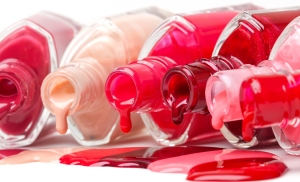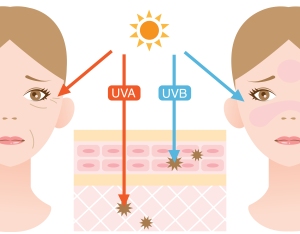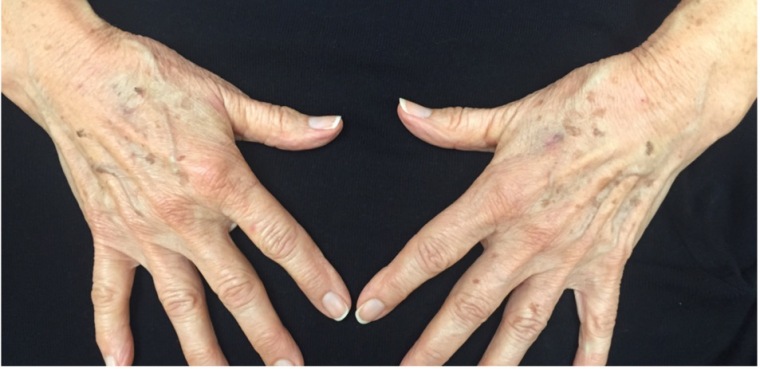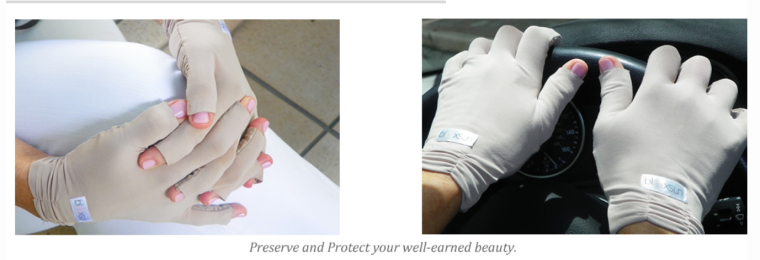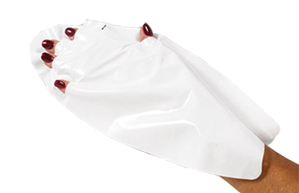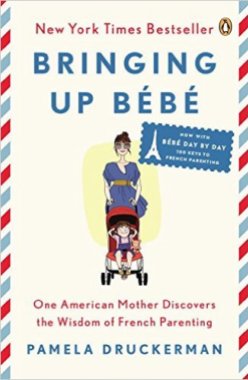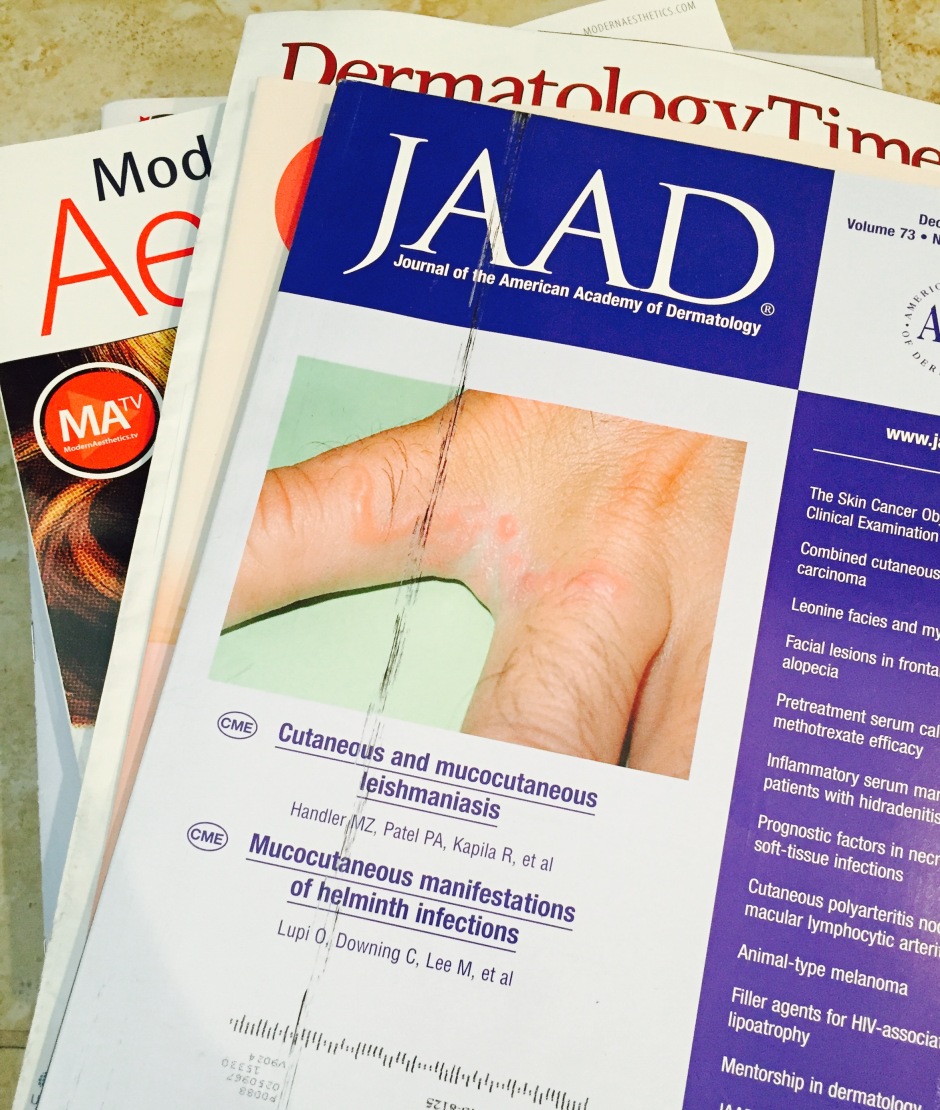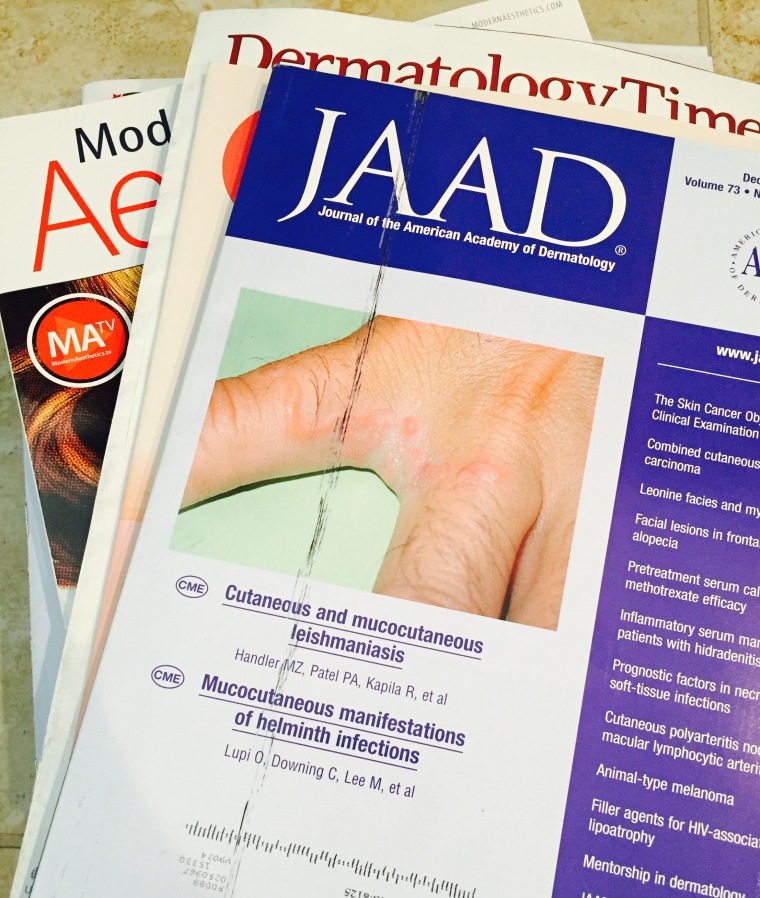OK, so it’s a little too late for gifting, but never too late for giving yourself a fresh start to 2017!
If you are looking for a few new fresh ways to get your skin glowing, look no further! I’ve got some of my favorite new discoveries that anyone can use!

Heeere are some of my faaaavorite things!!! (Did that sound like Oprah?)
Eye cream with SPF

It seems to be as much of an catch-22 as one might think. The eye area is very sensitive so most people don’t put SPF around the eye due to stinging and irritation. Yet, the skin around the eye is the most delicate and vulnerable to UV damage. Many women complain about crepiness around the eye area, much of which can be contributed to UV damage. So why are we leaving the thinnest skin on our body completely defenseless against the sun?
Not anymore. I’m so happy to be using Supergoop! Advanced Anti-Aging Eye Cream with SPF 47 every morning. It has a cold metal roller that decreases early morning puffiness as well as some minerals that reflect light and make the eye area appear brighter.
Now, I’m definitely a product junkie, so, embarrassingly this is only 1 of 3 eye creams I use on a daily basis! I also use Teamine concealer that contains peptides, vitamin C, and licorice extract as my underage concealer (layered over Supergoop!). At night I can’t live without my Neocutis Micro Eye cream (find Neocutis at our new Skin Associates Apothecary in Coral Gables!) – I recommend it to everyone!
Harness the power of nature – SNAILS! 🐌🐌🐌
 It’s all the rage in Korea. Finally the US is starting to catch on. Snails have the ability to easily heal themselves after encountering many injuries from the hazards of snail life – rocks, bacteria, etc. Extract from snails contains growth factors, hyaluronic acid, peptides, glycolic acid, and other cell regenerating properties. Snail extract has been reported to have anti-aging benefits, fade brown spots, tighten the skin, and increase “radiance,” a term that is difficult to define and measure.
It’s all the rage in Korea. Finally the US is starting to catch on. Snails have the ability to easily heal themselves after encountering many injuries from the hazards of snail life – rocks, bacteria, etc. Extract from snails contains growth factors, hyaluronic acid, peptides, glycolic acid, and other cell regenerating properties. Snail extract has been reported to have anti-aging benefits, fade brown spots, tighten the skin, and increase “radiance,” a term that is difficult to define and measure.
I first tried Biopelle Tensage after receiving a sample at our annual dermatology meeting. It looked like every other sample I had received, but this was the most impressive that I had ever used. Within one week, I noticed a big difference. I try so many products on a regular basis and it’s pretty hard to impress me, but the snails did!
If you are ever looking for a boost or a nice glow before a big event, use the potent Tensage 50 serum 1-2 times daily for a week, then once a week thereafter. Tesage makes a daily serum that my patients also love! Find them in our Skin Associates Apothecary!
Skin Detox

Ever experience a skin freak-out? Where your skin goes nuts for seemingly no apparent reason? Usually it centers around travel, new skin-care products, or stress. One in 5 people will experience an allergic reaction or irritation from a personal care product, so when these bad skin days/weeks occur, it’s best to strip down to only the basics… a skin “boot-camp!” Rather than pitching all your products, check out this handy kit to get you through those rough days. It is a kit that contains all your skin care products free of the 76 most common allergens, specially formulated for allergic people. VMV Hypoallergenics is a leader in skin care for sensitive skin. I refer all of my allergic patients to their website. These products are also great for air travel, as they are small (TSA bonus points) and better than the fragrance-laiden soaps you’ll find in the hotel.
Anti-aging for your arms and legs
 Ever look at your grandmother’s arms or legs? If she spent some time in the sun, then you might expect to see leathery texture to the skin, brown spots, dry skin. Marketed as therapy for severely dry skin, DerMend’s Alpha + Beta Hydroxy Therapy is a one-two punch against both dry skin and aging skin. It’s packaging is less glamorous than what can be found at the department store, but it’s an all-star treatment deserving of gold stars. Alpha and beta hydroxy acids such as salicylic acid and glycolic acid help rejuvenate the top layer of the skin and also stimulate collagen growth with regular use, while simultaneously gently exfoliating off dry skin. Note: be sure to wear sunscreen when exposed to the sun while using this product and for four weeks afterwards. Glycolic acid can make you more sensitive to the sun. It’s well worth it (and you should be doing it anyway!) – my skin has honestly never felt so soft!
Ever look at your grandmother’s arms or legs? If she spent some time in the sun, then you might expect to see leathery texture to the skin, brown spots, dry skin. Marketed as therapy for severely dry skin, DerMend’s Alpha + Beta Hydroxy Therapy is a one-two punch against both dry skin and aging skin. It’s packaging is less glamorous than what can be found at the department store, but it’s an all-star treatment deserving of gold stars. Alpha and beta hydroxy acids such as salicylic acid and glycolic acid help rejuvenate the top layer of the skin and also stimulate collagen growth with regular use, while simultaneously gently exfoliating off dry skin. Note: be sure to wear sunscreen when exposed to the sun while using this product and for four weeks afterwards. Glycolic acid can make you more sensitive to the sun. It’s well worth it (and you should be doing it anyway!) – my skin has honestly never felt so soft!
Ultherapy
 As one of my nurses, Joan, puts it, Ulthera (Ultherapy) is the gift that keeps on giving. Ultherapy uses ultrasound energy to lift and tighten the skin in a gradual process that gets better with time. I experimented on myself (my neck) about 3 months ago. While not overweight, I’ve always had a blunted angle from my chin to my neck, which has always bothered me. Within a few months of having Ulthera done, I already appear thinner and have a more defined jawline. It’s something I didn’t think was possible, and I’m thrilled!
As one of my nurses, Joan, puts it, Ulthera (Ultherapy) is the gift that keeps on giving. Ultherapy uses ultrasound energy to lift and tighten the skin in a gradual process that gets better with time. I experimented on myself (my neck) about 3 months ago. While not overweight, I’ve always had a blunted angle from my chin to my neck, which has always bothered me. Within a few months of having Ulthera done, I already appear thinner and have a more defined jawline. It’s something I didn’t think was possible, and I’m thrilled!
Ulthera works best for normal weight individuals with good elasticity to their skin. It does not replace surgery, but for those looking for a subtle lift, it does a great job!! Check out http://www.ultherapy.com to learn more.
Clear and Brilliant
Clear and Brilliant (C&B) is a very light resurfacing laser treatment that almost anyone can have done. Perfect for someone looking for a light treatment with almost no downtime, a series of Clear and Brilliant treatments can clear the complexion, lighten up dark spots, and give the skin a smoother appearance. I find that sometimes people shy away from lasers because of the downtime needed. C&B is perfect for the busy professional (or mom) who can’t take time off work (shuttling the kids) to recover from a laser treatment.
That’s all for now. I’ll be sure to periodically update all of my favorite things!






 It’s all the rage in Korea. Finally the US is starting to catch on. Snails have the ability to easily heal themselves after encountering many injuries from the hazards of snail life – rocks, bacteria, etc. Extract from snails contains growth factors, hyaluronic acid, peptides, glycolic acid, and other cell regenerating properties. Snail extract has been reported to have anti-aging benefits, fade brown spots, tighten the skin, and increase “radiance,” a term that is difficult to define and measure.
It’s all the rage in Korea. Finally the US is starting to catch on. Snails have the ability to easily heal themselves after encountering many injuries from the hazards of snail life – rocks, bacteria, etc. Extract from snails contains growth factors, hyaluronic acid, peptides, glycolic acid, and other cell regenerating properties. Snail extract has been reported to have anti-aging benefits, fade brown spots, tighten the skin, and increase “radiance,” a term that is difficult to define and measure.
 Ever look at your grandmother’s arms or legs? If she spent some time in the sun, then you might expect to see leathery texture to the skin, brown spots, dry skin. Marketed as therapy for severely dry skin,
Ever look at your grandmother’s arms or legs? If she spent some time in the sun, then you might expect to see leathery texture to the skin, brown spots, dry skin. Marketed as therapy for severely dry skin,  As one of my nurses, Joan, puts it,
As one of my nurses, Joan, puts it, 




